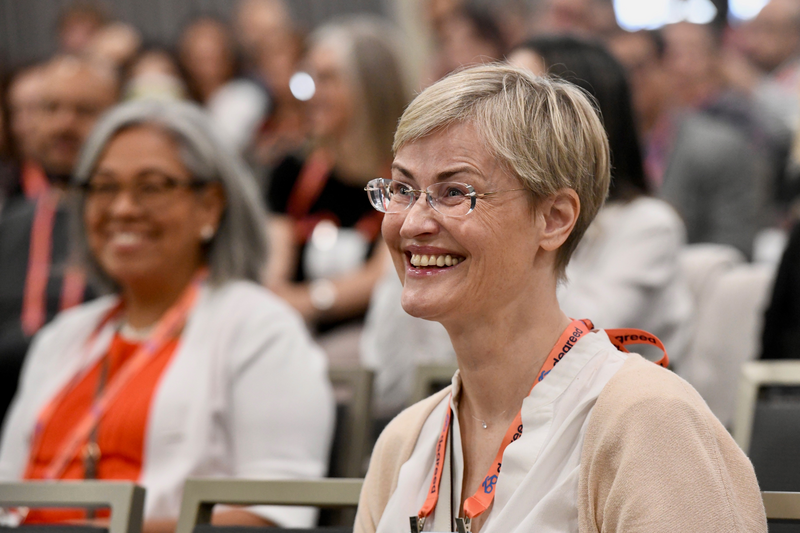ATD Blog
Executive Training Has Unique Challenges
Tue May 23 2023

Power changes people; here’s how to counteract those changes.
Power changes the brain, explained Britt Andreatta, CEO of Brain Aware Training, during “Science of Executive Leadership: Training That Drives Organizational Results.” It breeds narcissism, lowers empathy, and leads to Hubris syndrome, she shared. Further, the power executives hold can lead them to being out of touch with frontline workers and gives them an exacerbated sense of privilege.
With that in mind, it is clear that training leaders is especially challenging. During her Monday afternoon session, Andreatta advised that executive training needs to address three common pain points: the pain that executives feel as they lead organizations; the struggle or relationships between executives; and the relationship between employees and the executive.
Determine what keeps CEOs up at night. To do so, have conversations with executives, listen to what is discussed during all-hands meetings, review earnings’ reports, and study industry association reports. Andreatta recommends EY, PwC, and Deloitte as three sources for research. After conducting research and learning what is of concern to other executives, you can pose the question to your client, “Is this an issue we need to look into?”
To counterbalance the damage to the brain that power can have on executives, L&D can help leaders with some critical skills such as emotional intelligence, which includes self-awareness and the ability to create psychological safety. Andreatta asked attendees which skills they felt leaders most need today. Consensus replies included empathy, communication, emotional intelligence, vulnerability, transparency, and self-awareness.
Andreatta then suggested strategies for working with executives. One such strategy was to use frameworks and models, including the Greiner Model (or Greiner Curve), which outlines the stages an organization goes through in its development—growth through creativity, direction, delegation, coordination and monitoring, collaboration, and alliances. Some executives will have the skills to lead well when the organization is young but are not equipped when it is more mature, Andreatta pointed out. Thus, some leaders will need more training to being able to create a strategic vision and then execute on it; others will need assistance with their capability to build a culture of team excellence.
To train executives, Andreatta recommends building trust first and establishing ground rules; addressing their pain points; being flexible and able to pivot based on what the executives need; and having the ability to evaluate useful detours versus seeing avoidance tactics among your executive audience. “Be prepared to be challenged,” concluded Andreatta.
You've Reached ATD Member-only Content
Become an ATD member to continue
Already a member?Sign In
